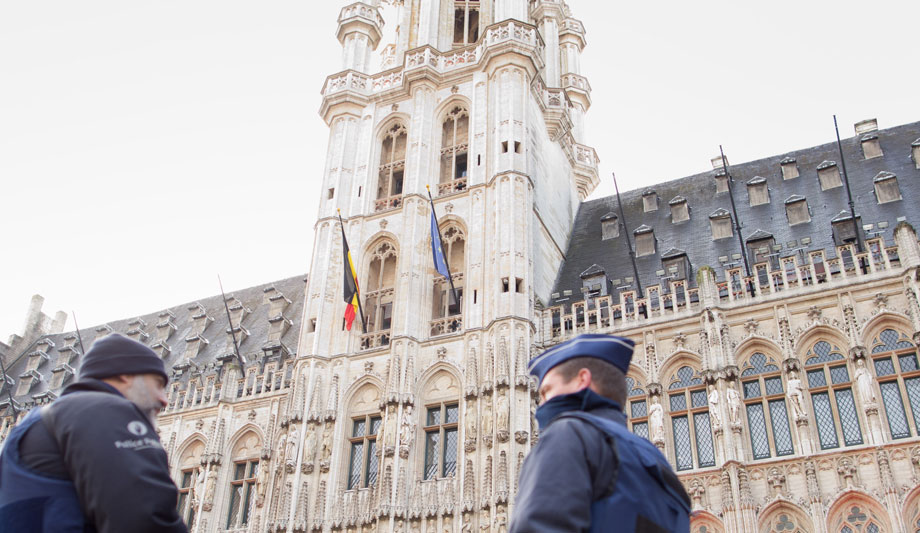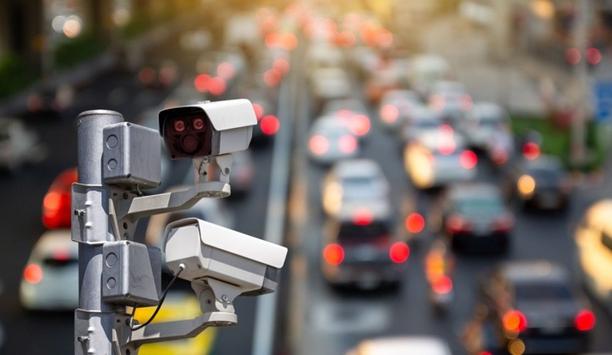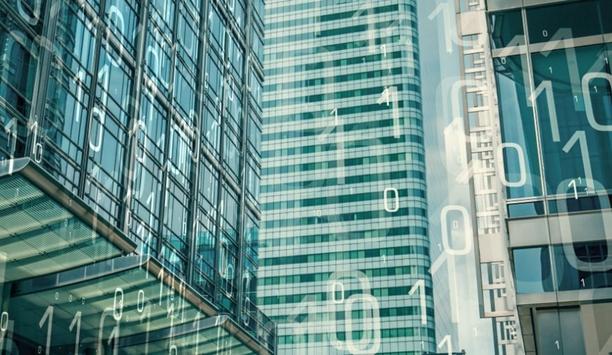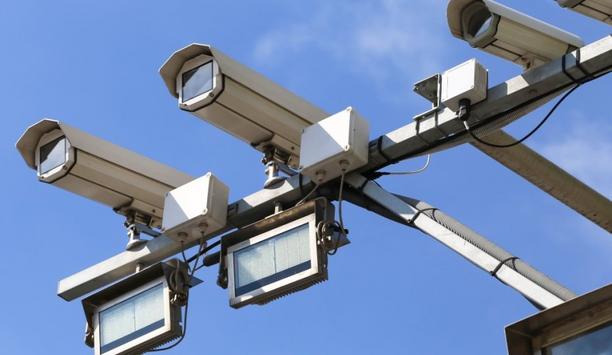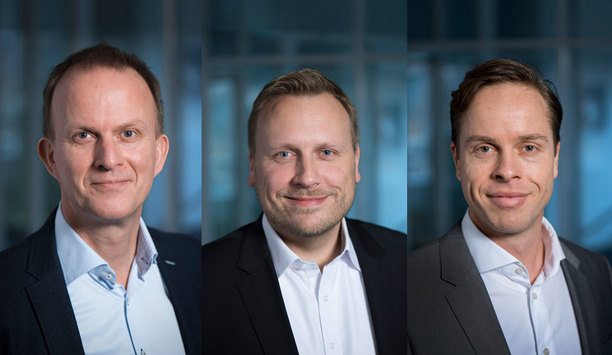Heightened security is the watchword throughout Europe and around the world after the recent dual terror attacks in Brussels. Two explosions at Brussels’ Zaventem airport were followed an hour later with a third bomb at the Maelbeek Metro station, just 100 metres (about 300 feet) from the headquarters of the European Union. In all, 35 people died (including three suicide bombers), and more than 300 others were injured, 62 critically.
Raised security levels worldwide
In Belgium, flights were cancelled and the terror threat was raised to the highest, fourth level. The Metro subway and the airport in Brussels shut down. There was extra security at French and Dutch airports, and cross-border traffic was halted in the immediate aftermath. France’s border with Belgium was closed. In London, security was stepped up at Gatwick and Heathrow airports, and UK nationals were advised to avoid crowded areas in Belgium. Thousands of miles away in the United States, security measures were also increased at transport hubs and landmarks.
|
Both attacks took place essentially at public places. Although the Belgium airport screens passengers carefully before allowing them to board airplanes, the bombs went off in the ticketing/departures area where anyone can walk in, and no luggage had yet been screened. Witnesses reported gunshots fired and shouts in Arabic right before the explosions, and a Kalashnikov assault rifle was found next to a dead attacker. An unused explosives belt was also found.
At the crowded subway station during rush hour, the Metro was leaving the station when there was a loud explosion. Hundreds of troops and police took to the streets in the aftermath, and two suspects were arrested later a mile away from the Maelbeek station.
CCTV identifying bombers
We remember that CCTV footage was critical in the investigation of the London terror attacks in 2005, and the same will certainly be true here. The technology has improved since then, and typical video quality is much higher quality. Undoubtedly, police are searching through that video for more clues. An early report said police already had video of one of the Brussels airport bombers including the moment he detonated his suicide belt.
Just hours after the attacks, CCTV video from the airport made its way to YouTube, showing terrified passengers running for their lives out of the building amid the smoke of the explosions. Fires burned among bags and debris, including ceiling tiles and glass littered across the floor of the terminal building.
|
Every space in the city’s airport, including the area where the explosion occurred, is reportedly covered by four video cameras. Although passengers are not yet screened at that point, security officials watch the area carefully (and covertly). But identifying a bomb among all the unscreened luggage would be a challenge. Plainclothes security patrol public areas of most airports in addition to uniformed officers. Historically, security has been top-of-mind because so many politicians and dignitaries come through the Brussels airport in the EU headquarters city.
Security screenings at departures not enough?
Ironically, Zaventem airport, like other airports in the European Union, is required to employ explosives trace detection on passengers as they pass through airport screening. But that screening happens minutes after passengers check in at the departures area before they are allowed to board an airplane.
The attack will likely lead to some rethinking of security procedures in these public areas. Any additional security would likely increase congestion and delay travellers, reflecting the perpetual need to balance convenience with security. Typically, incidents like the Brussels terror attacks tip the balance toward greater security (even if it’s inconvenient).
The attack comes just days after the capture of Salah Abdesiam, the main figure in the November 2015 Paris attacks. The latest tragedy is a sad reminder for us all to remain vigilant.
